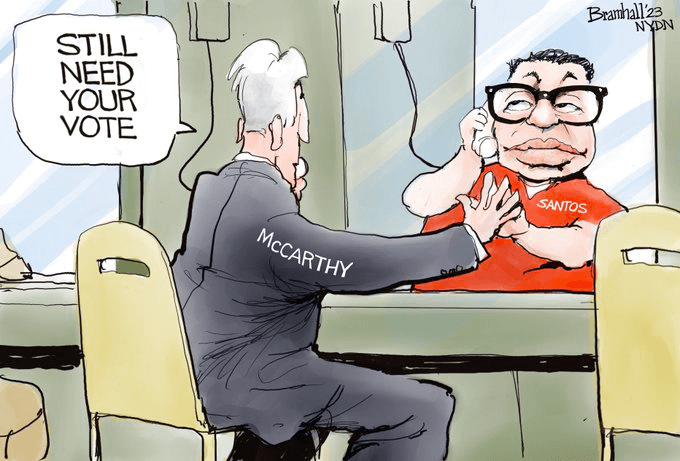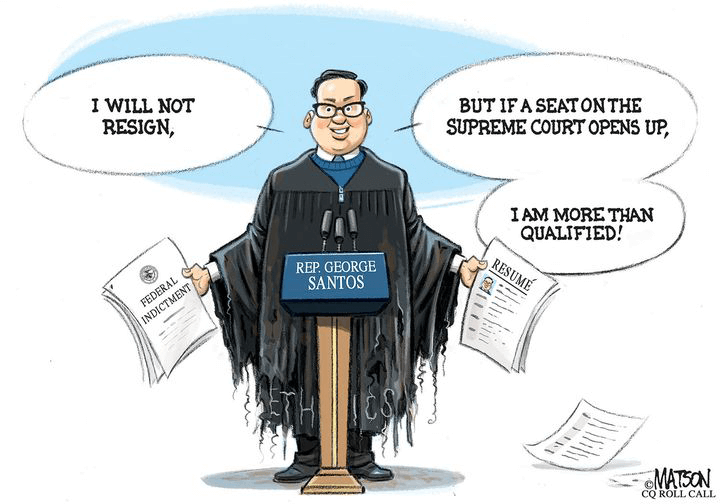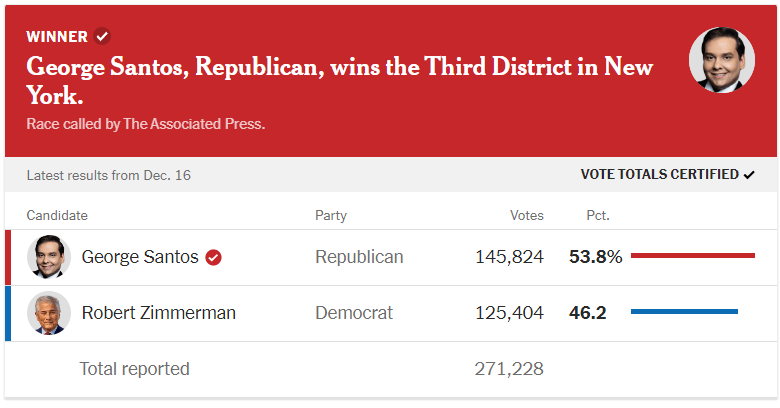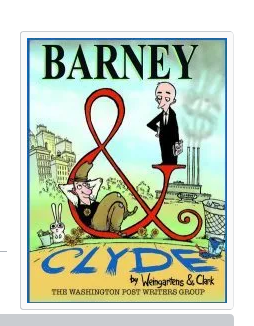CSotD: Sunday Ketchup
Skip to comments
Scott Stantis seems to be catching up on some hostility for ex-Mayor Lori Lightfoot, in a cartoon that ran shortly after Chicago’s recent elections but well after she was primaried out in February.
However, he’s commenting on a long-term problem and I’m catching up on some slightly wilting political events, so we’ll call it even.
Stantis has drawn an actual editorial cartoon rather than a political cartoon, a distinction long since forgotten. But his cartoon illustrates a lengthy editorial in the Chicago Tribune about the dilemma of keeping grocery stores open in urban neighborhoods that can’t support them.
It’s a story with tangled roots.
My oft-mentioned week with Soviet timber executives during the glasnost/perestroika end of the USSR began with a reception, after which I went back to the paper and filed a story, then started home. Along the way, in the dusk of a late November afternoon, I saw a group of people walking, and, sure enough, it was the Soviets, so I pulled over and got out.
They laughed and, through their translator, said they’d already noticed that they were the only people walking, that Americans drive everywhere. Hence, we discussed, the mall they were about to explore: It couldn’t exist in a non-automotive society.
Nor could supermarkets, which depend on people coming from a radius of several miles. They’ve driven neighborhood grocery stores out of business, but they can’t serve a population that doesn’t own cars.
That Chicago Tribune editorial is right: You can’t expect Target or Whole Foods or Walmart to keep a store open if it doesn’t make at least some profit.
But in the Good Old Days, grocery stores were owned by grocers. Some cities still have hole-in-the-wall locally-owned bodegas, but their low volume means they can’t compete with the chains on pricing and so people without cars pay more.
And those aren’t the people who can afford to pay more.
While even in the better parts of cities, you’ll find chain-owned convenience stores that not only have to pay for rent but must generate profits for somebody on Wall Street.
A dilemma that brings us to …
Tom the Dancing Bug focuses on the way private equity firms acquire, cannibalize and discard industries. It was the topic of an excellent Fresh Air show, now available on podcast, with Gretchen Morgenson, a financial writer who recently published a book on the topic.
I’m familiar with the phenomenon: Back at the start of the 70s, the steel corporation that owned my hometown mine was acquired, and the leveraged buyout caused the new owner to make choices that cut decades off the life of the mine.
My father, who was in local management, resigned rather than helping to destroy the town he loved, but it made no difference for the town, or my friends who worked there, the few still there now, BTW, having to drive 30 miles to buy groceries.
There are damned few happy endings in the process, unless you count the acquisition of some more polo ponies at the ownership end.
I don’t have an answer, except to be certain, if you become a publicly-traded company, not to let a majority of stock out of your hands.
And not to assume that your children won’t trade their shares for a mess of pottage and a string of polo ponies.
Juxtaposition of the Day
Having slammed capitalism, let’s turn our attention to the glories of communism, where combining hubris and wretched excess works equally well.
Ramirez cites the pathetic Victory Day parade itself, what with the bulk of Russian equipment off invading, or trying to invade, Ukraine, and Anne Applebaum helps put the failure in focus.
Can’t the Russian people see a difference since Putin launched his adventurism?
Meanwhile, Morland suggests, instead of the usual tanks and missiles, Putin might display the Ukrainian children stolen from their parents and shipped off to be converted into good little Russian robots, a word that derives from something very like their status in the Workers’ Paradise.
Do the Russians care, or are they, too, roboty?
How hard do you have to try to avoid seeing what’s in front of you? How many generations of training does it take?
It’s not an entirely rhetorical question: We’re trying to find the answers in Florida and Texas.
As Jack Ohman suggests, the end of Title 42 has brought cries of outrage from people who, having shouted about “open borders” since Biden took office, now declare that the Trump movement he enforced was all that stood between us and an open border, and are sure that we really, honestly have a reallio-trulio open border, now that it’s only protected by policies instituted under Donald Trump.
Trump assured America the other night that he had built hundreds of miles of walls, and US News and World Reports backs him up before explaining that when they said “wall” they only meant some kind of discouragement that wasn’t actually a wall in most places and, for the most part, backed up what was already there.
Providing a mental image of Mexican mimes being foiled by an imaginary wall.
While, in the real world, the end of Title 42 has provided jobs for fact-checkers at Snopes, at Verifythis, at AFP and Politifact.
Juxtaposition of the Day #2
And then there’s this fellow, whoever the hell he turns out to be.
As Bramhall notes, the Republicans don’t much care, because their margin in the House is so slim that they have to hold on to every vote, which explains why Kevin McCarthy bends a knee to the Crazy Caucus, but also why he can’t take a hard stance against an indicted fraudster whose lies on his own campaign are clear and his other lies in the process of being adjudicated.
Like all Representatives, he’s up for election in 2024, and he won comfortably in the last elections, but it wasn’t a runaway and it’s likely that, if he even clears the primaries, he’ll face some angry constituents in the general election.
However, assuming he isn’t in a federal penitentiary when the time comes, he might be, as Matson suggests, a good candidate for the next open seat on the Supreme Court.
It being my understanding that Supreme Court Justices do not become immune to ethics and the law until they are confirmed.










Comments 6
Comments are closed.